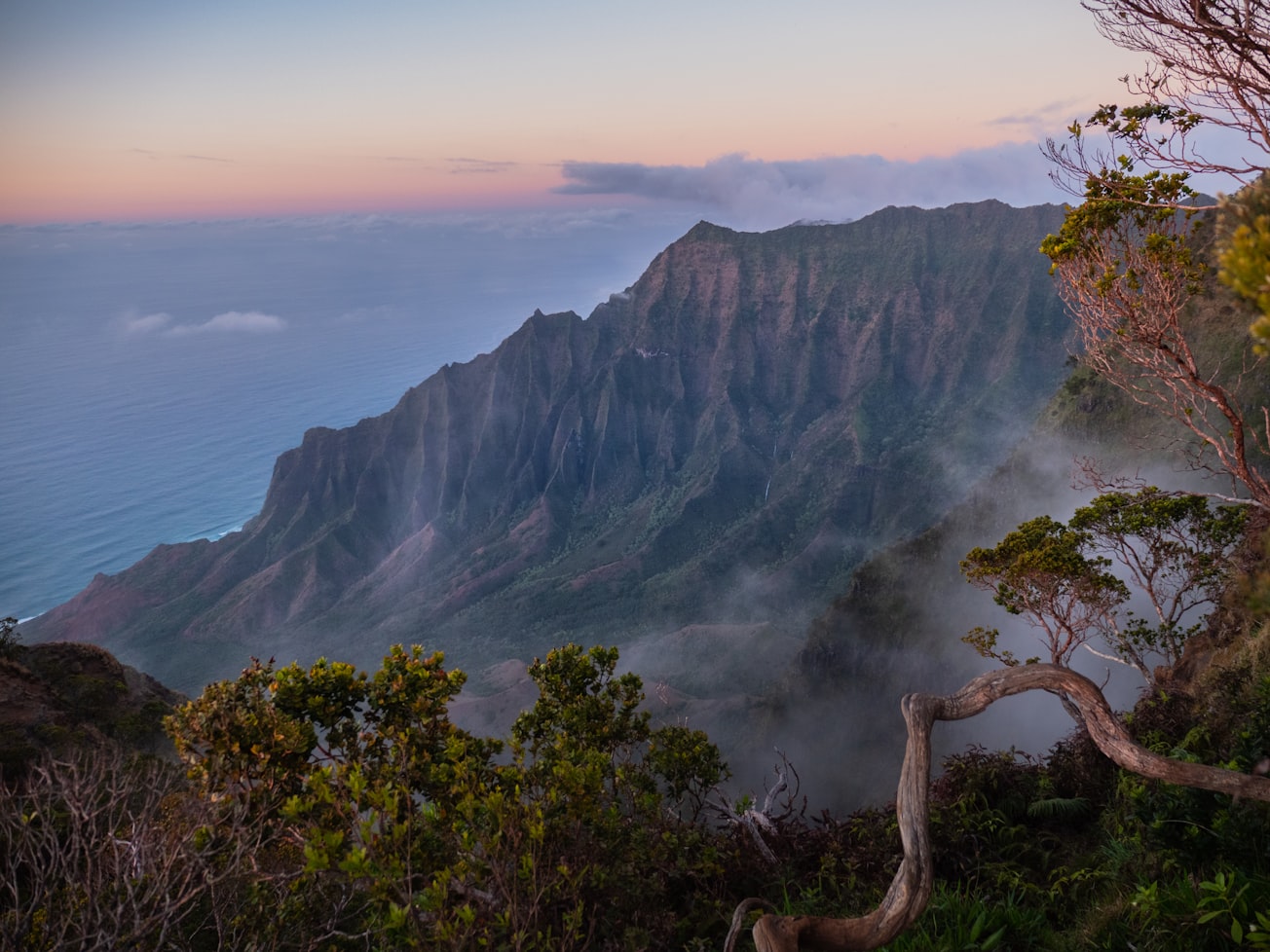What is it about?
Oceanic islands, such as the Hawaiian archipelago, have long been a natural laboratory for scientists to analyse evolutionary and ecological processes. In such archipelagos, islands formed by undersea volcanoes often differ in age by several millions of years, allowing scientists to look at the long-term impacts of geology and evolution on biodiversity. In this study, we used data from more than 500 forest plots across the archipelago to explore how historical and recent ecological processes influence the number of species that coexist - whether at the scale of an island or a much smaller area such as a typical backyard. Our analysis showed that even within small plots, older islands had a greater number of both rare species as well as native species when compared with islands formed more recently.
Featured Image

Photo by Tyler Casey on Unsplash
Why is it important?
This study helps us understand the inherent difficulty in restoring forests degraded by human activity. While one can plant native species, we cannot replace species that are being driven to extinction by invasive species, land-use change (including deforestation), and climate change.
Read the Original
This page is a summary of: Dissecting macroecological and macroevolutionary patterns of forest biodiversity across the Hawaiian archipelago, Proceedings of the National Academy of Sciences, July 2019, Proceedings of the National Academy of Sciences,
DOI: 10.1073/pnas.1901954116.
You can read the full text:
Contributors
The following have contributed to this page







